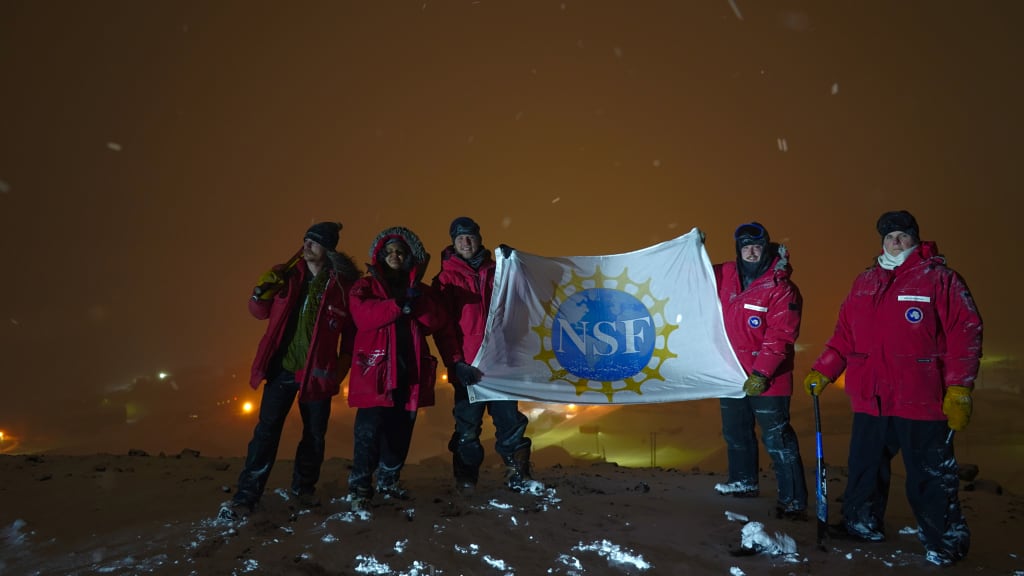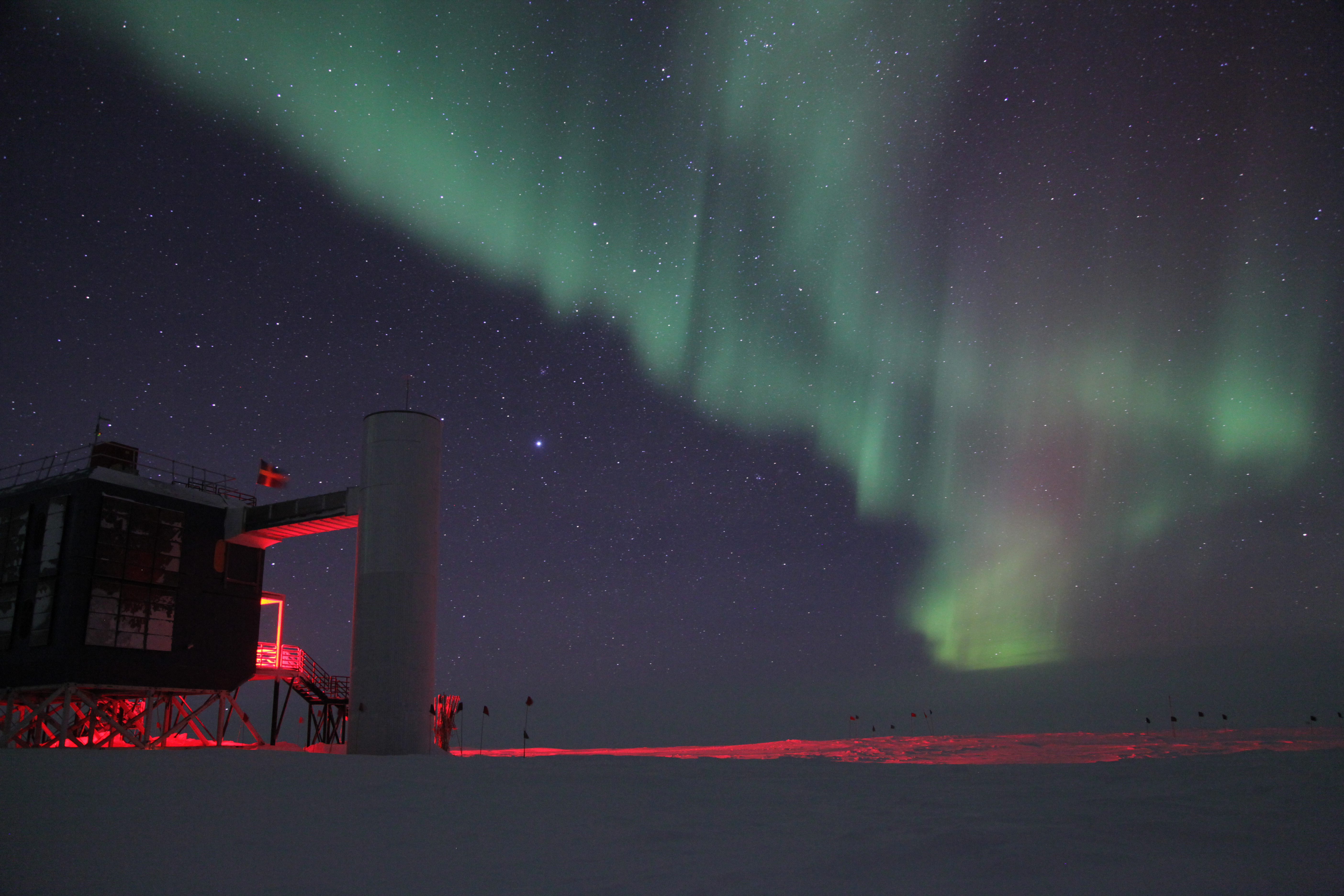
Near the bottom of the Earth, in the harsh and unforgiving environment of Antarctica, scientists, researchers and engineers do vital work to help us understand the future of life on this planet, the future of our climate and our place in the cosmos.
And annually around the New Year, some will participate in the area’s softball tournament.
The tournament takes place at McMurdo Station, the largest Antarctic research station and one of three U.S. research facilities on the continent managed by the National Science Foundation through the U.S. Antarctic Program.

This Sunday, the station, which shares its name with the tournament, will be Antarctica’s location for Play Ball Weekend. All 30 MLB clubs and 120 MiLB teams will host a variety of events to engage young fans and share the fun of playing baseball and softball. But the initiative is expanding worldwide this year with events on all seven continents, including Antarctica for the first time.
However, there won’t be any home runs or strikeouts originating from McMurdo; the temperatures will likely be sub-zero because it’s winter in the Southern Hemisphere.
The softball tournament is instead played on New Year’s weekend, when temperatures are in the relatively comfortable range of 20-30 degrees Fahrenheit and there's sunlight around the clock. Although the weather can still wreak a little havoc sometimes.
“We’ve played when we’ve had snow flurries,” said Michael Davis, a longtime softball player and coach who was the science cargo supervisor at McMurdo Station for 18 years and often organized the tournament. “A couple of times we played in high winds, which makes it extremely interesting, to say the least. People who could never hit it out of the infield are hitting home runs because of the wind.”
A typical 12-team tournament begins at 11 a.m. and finishes with a seven-inning championship game that usually starts by 6 p.m. The 12-player winning side even gets its own trophy.
Davis, whose team has won the tournament three times, said the event is highly anticipated every year by players and spectators alike in this very tight community.
“If you deploy to McMurdo and you were there for even three weeks, you would definitely see the culture down there – and this is at any station – we are a very social, very close-knit community,” he said. “We’re all together pretty much 24 hours a day in one form or another.
“Everybody comes down to watch the softball game.”
Once the game is over, it’s time to get back to the studies at hand. And what is being studied at the three U.S. facilities on the continent literally spans from A to Z.
“Everything from astronomy to zoology is studied in Antarctica at our stations,” said Sara Eckert, communications specialist for NSF.
At McMurdo, that includes a vast array of subjects, such as researching marine life below the ice as well as testing equipment that has been and could be used on other planets.
“How do we send equipment to space to go on Mars and be in extreme conditions? You want to test it, and it’s a little easier to get to Antarctica than it is to get to Mars,” Eckert said.
Researchers at Palmer Station, located along the Antarctic Peninsula, focus on oceanography and marine biology as well as glaciology and climate systems.
At the Amundson-Scott South Pole Station, where temperatures can average minus 60 degrees Fahrenheit year-round, the thin air, high elevation and ample darkness are perfect for astronomy.

The South Pole is also the site of long-term measurements of the gases that constitute the Earth's atmosphere. These measurements began during the International Geophysical Year, an international project from 1957 that marked the United States’ first presence in Antarctica for scientific purposes. The IGY served as a precursor to the U.S. Antarctic Program, which began in 1959.
“We have had a scientific presence for a long time now, and so we have records – meteorological records, ice core data – from that time,” Eckert said. “We are seeing how things are changing in a relatively untouched part of the globe.”
The scientists, researchers and engineers at these stations will continue to work six days per week in an effort to answer some of the biggest scientific questions on Earth and elsewhere. But by year’s end, there will always be time for a little softball.
